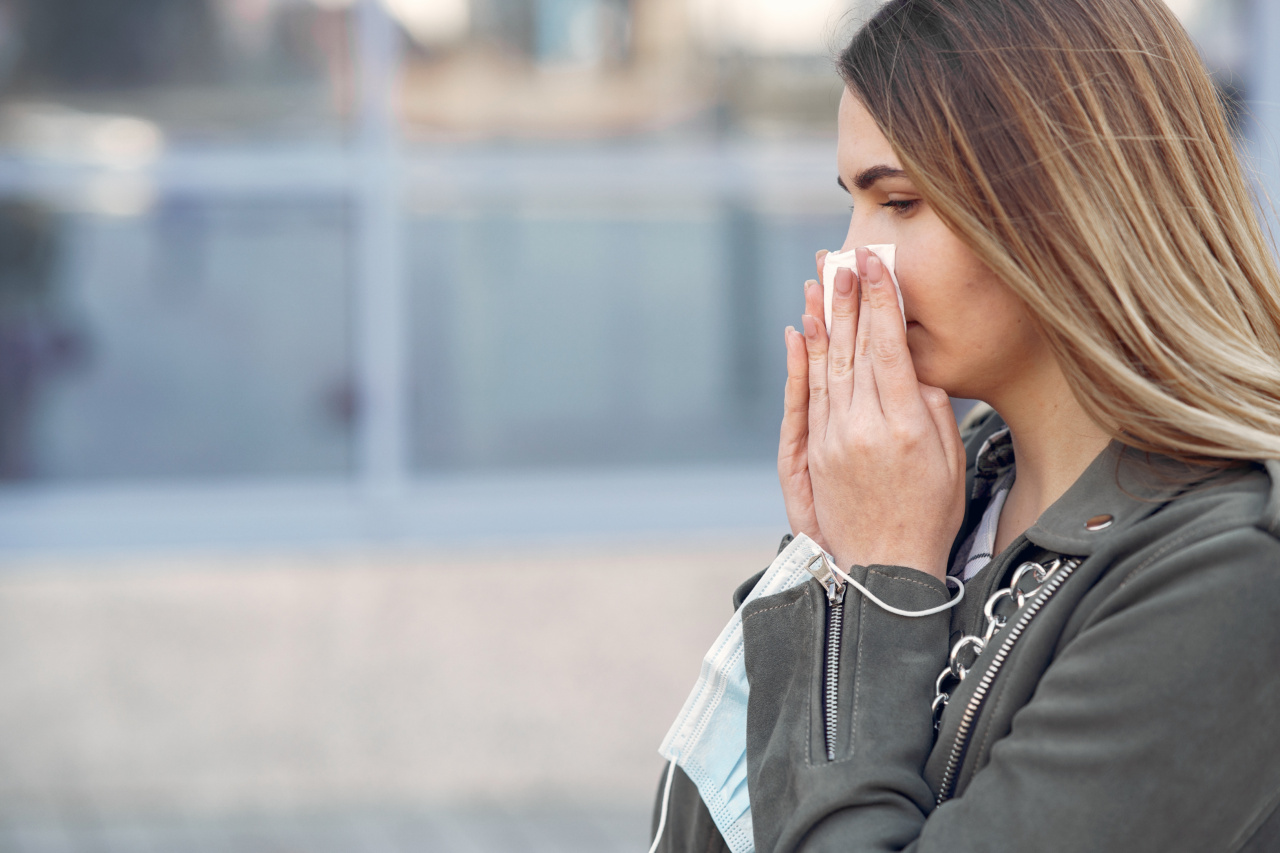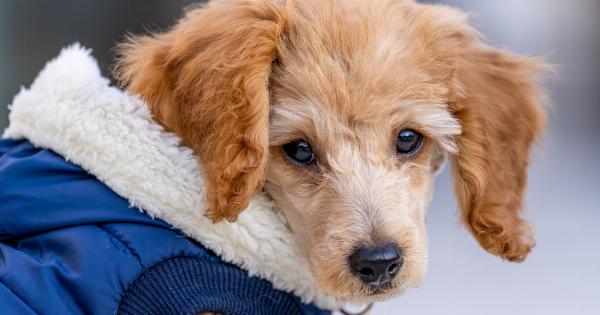As the temperature drops during the winter months, many people find themselves sneezing more often than usual. This phenomenon, often referred to as “winter sneezing” or “cold-induced sneezing,” has puzzled researchers for years.
While the exact reasons behind this increase in sneezing during colder weather are not completely understood, several theories have emerged that could help explain this phenomenon.
Rhinitis and Cold Weather
Rhinitis, which refers to the inflammation of the nasal passages, is a common cause of sneezing. Cold weather can exacerbate rhinitis symptoms and lead to increased sneezing.
The reduced humidity and cold temperatures can cause the nasal membranes to dry out and become irritated, resulting in sneezing.
Winter Allergies
Although seasonal allergies are often associated with spring and summer, some individuals experience winter allergies due to specific allergens that are present during colder months. Common winter allergens include mold, dust mites, and pet dander.
When these allergens come into contact with the nasal passages, sneezing may occur as a response to clear the irritants.
Increased Indoor Exposure
During the colder months, people tend to spend more time indoors in enclosed spaces. This increased exposure to indoor allergens, such as pet dander, dust, and mold, can lead to sneezing.
Additionally, indoor heating systems can dry out the air, making the nasal passages more susceptible to irritation and triggering sneezing.
Viral Infections
Cold weather is often accompanied by an increase in viral infections, such as the common cold or flu. These respiratory infections can cause sneezing as a symptom. Sneezing helps expel the virus from the body, reducing its spread to others.
Therefore, the increase in sneezing during the cold weather may be a natural defense mechanism against respiratory infections.
Vasomotor Rhinitis
Vasomotor rhinitis is a condition characterized by nasal congestion, runny nose, and sneezing without any apparent cause or specific allergy.
Symptoms of vasomotor rhinitis can be triggered by changes in temperature, humidity, or exposure to certain odors or irritants. The cold weather may act as a trigger for individuals with this condition, leading to increased sneezing.
Changes in Air Quality
Cold air is often dryer than warm air, especially during winter months. Reduced humidity levels can affect the quality of the air we breathe and lead to nasal dryness and irritation, resulting in sneezing.
In addition, cold weather can cause pollution particles to linger closer to the ground, increasing our exposure to airborne irritants such as vehicle emissions and industrial pollutants.
Nasal Reflexes
The cold temperature can stimulate the nasal nerves and trigger sneezing as a reflex. When the nasal nerves detect cold air, they send signals to the brain, which initiates the sneezing reflex.
This reflex is designed to protect the nasal passages from potential harm or foreign particles.
Temperature Differences
Transitioning frequently between cold outdoor temperatures and warm indoor environments can cause sudden temperature changes in the nasal passages.
These temperature variations can trigger sneezing as a natural response to regulate the temperature and maintain the body’s equilibrium.
Phototaxis
Some studies suggest that sneezing may be triggered by exposure to bright sunlight or other intense light sources.
While the exact mechanism is still unclear, it is believed that the optic nerve stimulation caused by bright light can potentially induce sneezing in some individuals.
Genetic Predisposition
There is evidence to suggest that certain individuals may have a genetic predisposition to increased sneezing in cold weather.
Some people may have more sensitive nasal passages or heightened nasal reflexes, making them more prone to sneezing when exposed to colder temperatures.
Conclusion
Sneezing more frequently in the cold is a common occurrence for many individuals.
While the exact mechanisms behind this phenomenon are not fully understood, factors such as nasal irritation, increased exposure to allergens, viral infections, and temperature changes play a role. Understanding these factors can help individuals manage their symptoms more effectively and seek appropriate treatment when necessary.































